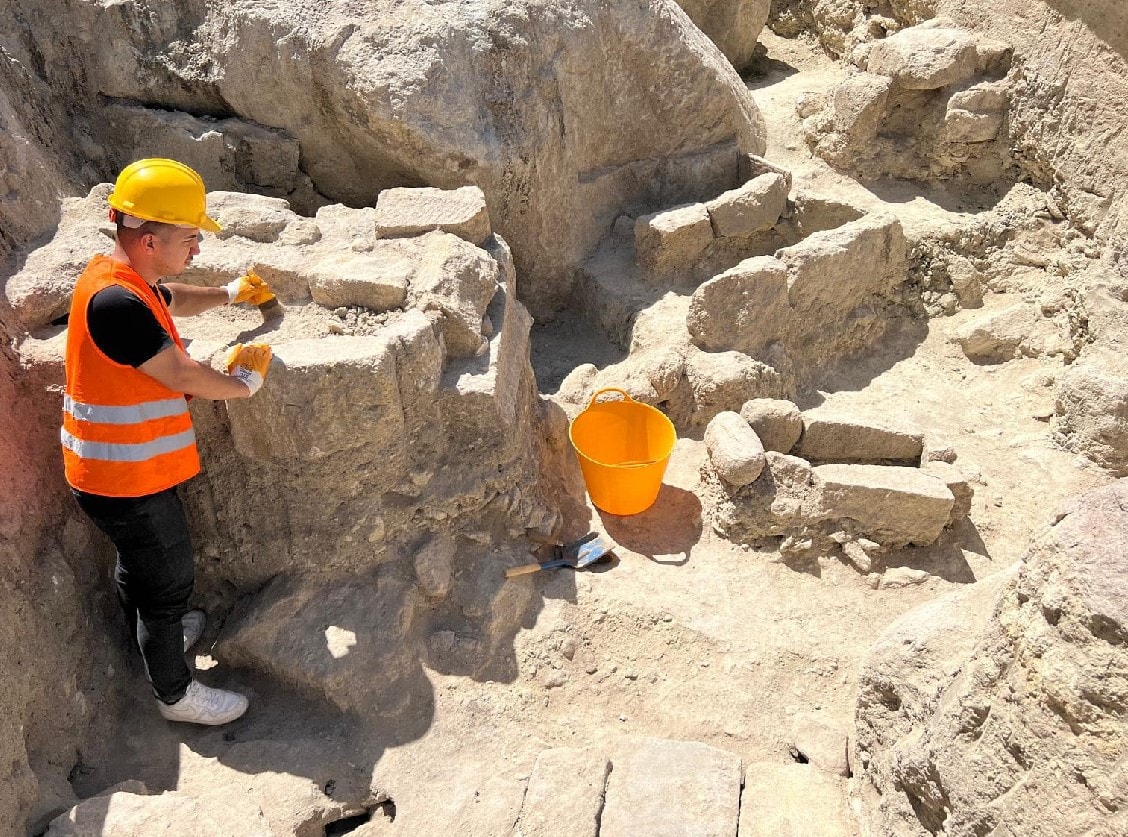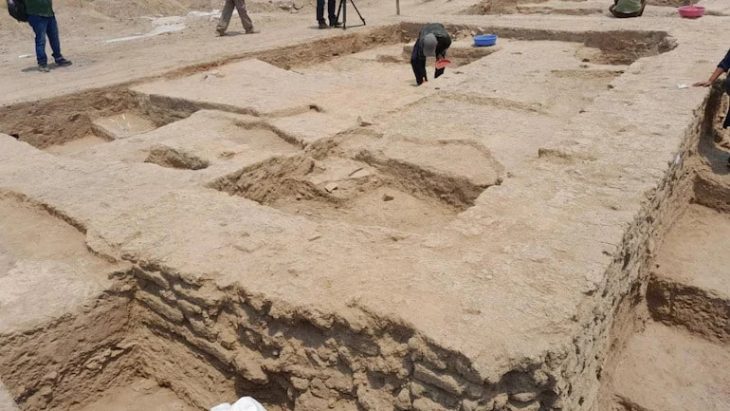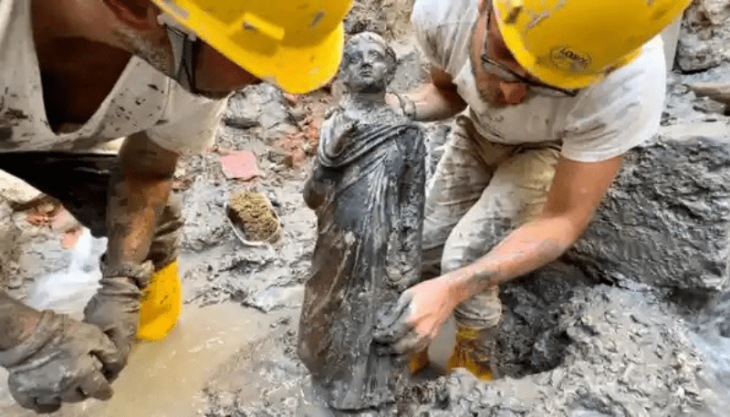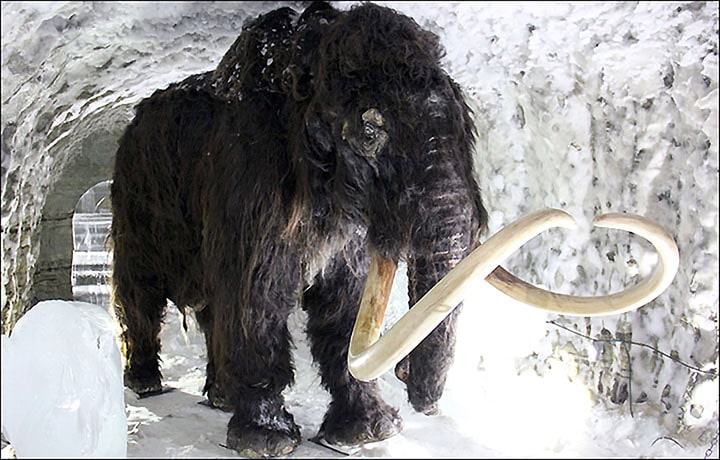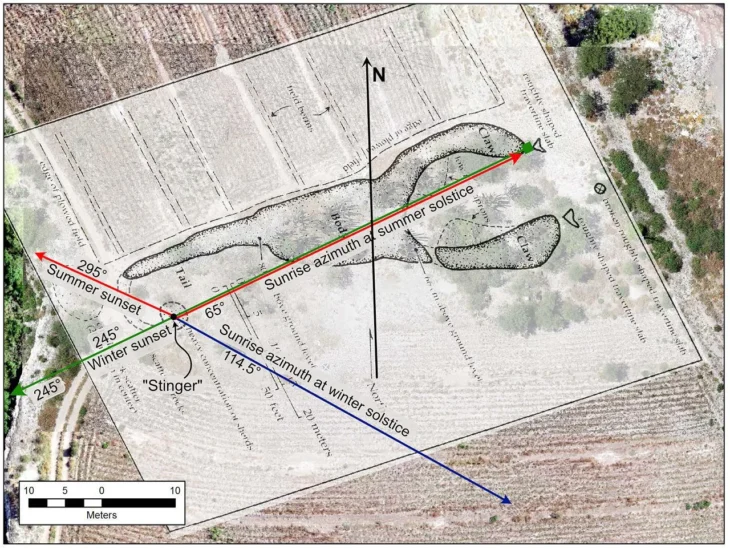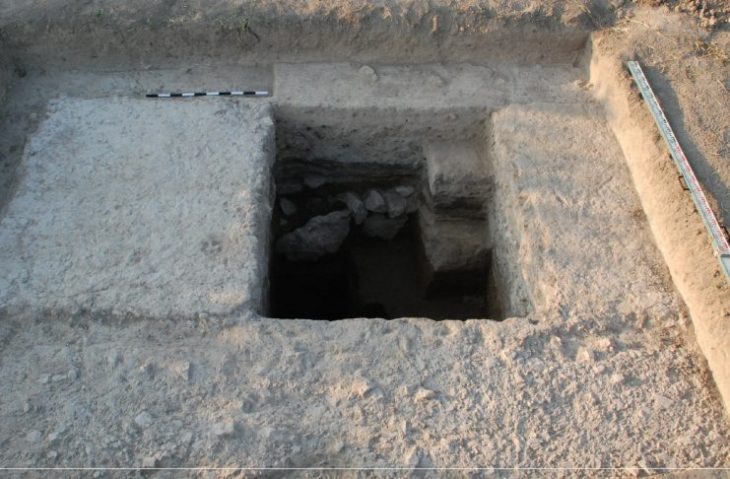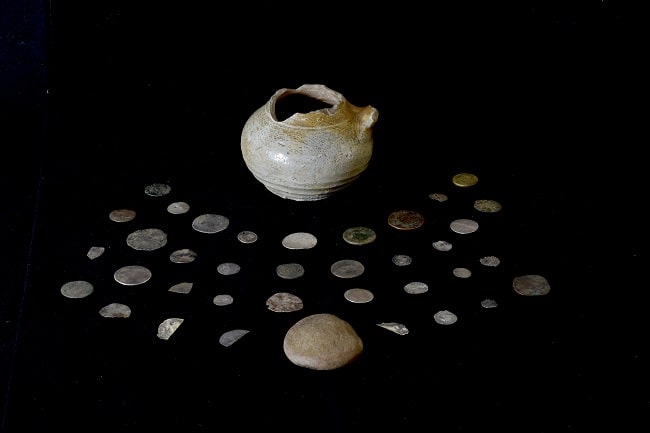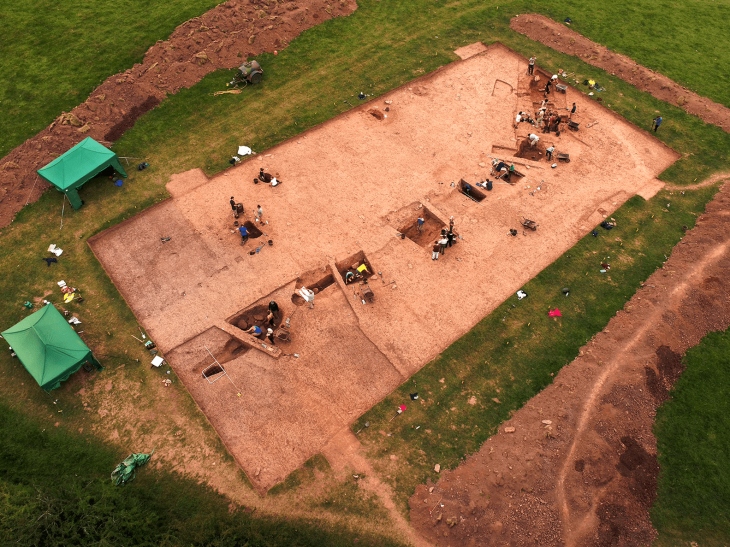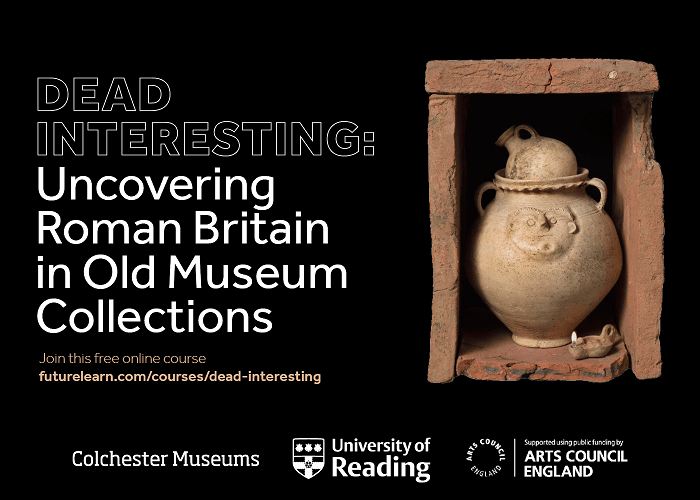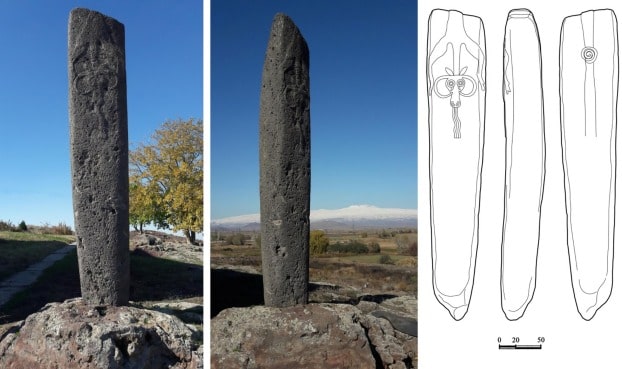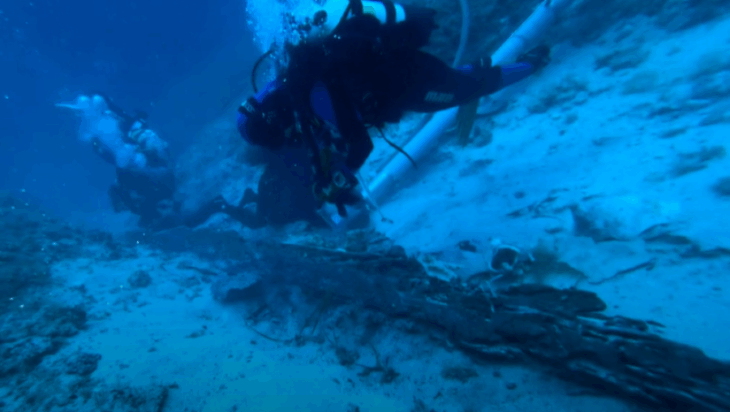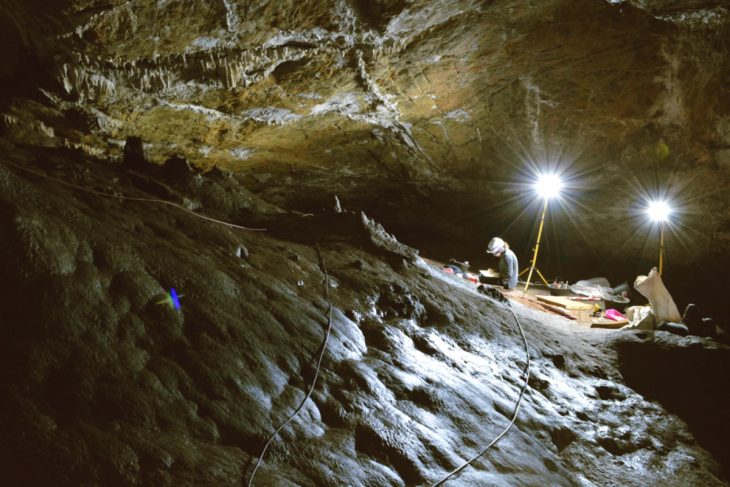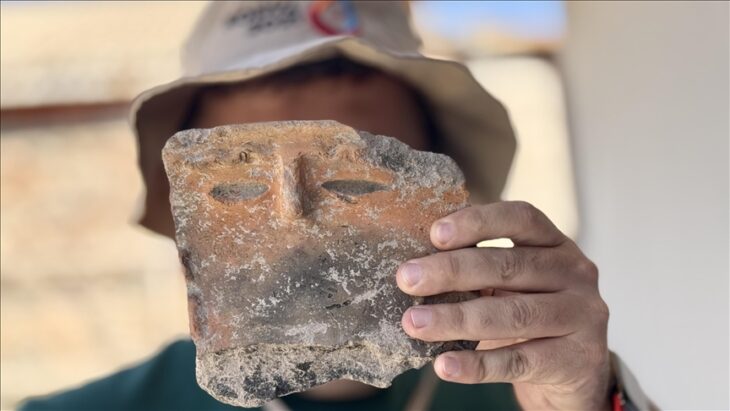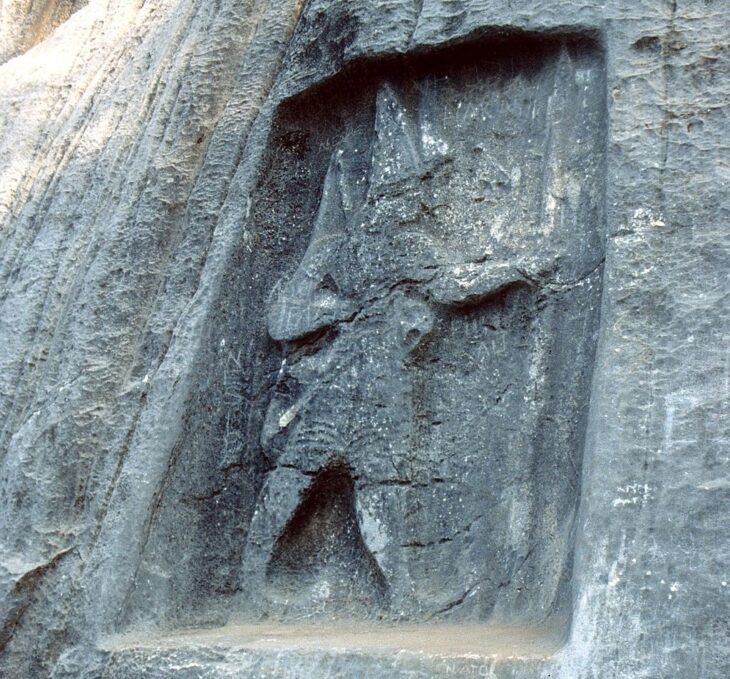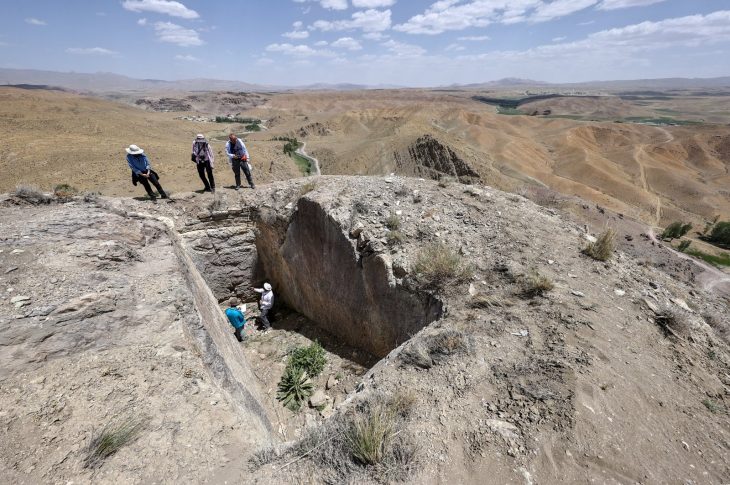In Cappadocia, located in the Central Anatolia Region of Türkiye, known for its unique moon-like landscape, underground cities, cave churches, and houses carved into the rocks, an unprecedented archaeological discovery of a necropolis, unlike the distinctive rock-craved graves, was uncovered.
Excavations in the Central Anatolian province of Nevşehir began two years ago, following the closure of the region’s open-air museum due to archaeologists’ suspicions about potential new discoveries in the area.
Graves appear throughout Cappadocia‘s cave churches. These are oval pits dug into the floors and walls of churches to bury dead saints. Graves were often part of the original design of the church. In such cases, an arched recess (acrosolium) was carved into the wall for the deceased’s body.
However, most graves were carved into the floor after the completion of the church. Occasionally, the geological landscape required graves to be outside the church. For example, Karabulut Kilise (Zemi Valley, Göreme) was carved into a singular fairy chimney; therefore its graves are around the outside. The unique “graveyard” near Deer Monastery (Geyikli Monastir, Soğanlı) is six fairy chimneys covered with acrosolia.
In front of the Tokalı Church (Buckle Church) in Cappadocia, a necropolis area without rock-carved graves was reached for the first time.
📣 Our WhatsApp channel is now LIVE! Stay up-to-date with the latest news and updates, just click here to follow us on WhatsApp and never miss a thing!!
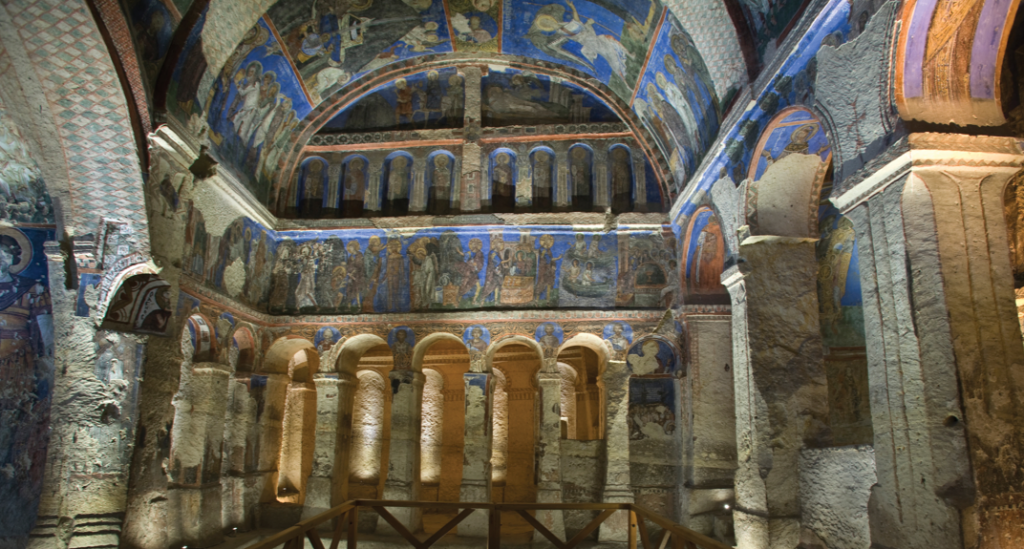
“Currently, in front of the Tokalı Church, for the first time in Goreme, we have reached a necropolis area that is not a rock-carved grave. The most recent discovery was a child’s grave with various artifacts. We will exhibit them in our Nevşehir Museum when the works are completed,” Cappadocia site head Birol İnceciköz stated.
“We came across various findings exactly as we predicted in the excavations. The cellar, kitchen and workshop areas of the Balkonlu Church located just above Tokalı Church, were uncovered,” said Birol İnceciköz.
Tokali Church is an enormous church crafted into the rock near the Göreme Open Air Museum. Because of its sheer size, impressive underground chapel, and ninth-century frescoes that depict the life of Christ, it is regarded as even more remarkable than the numerous other carved churches in the vicinity.
The road connecting the towns of Ortahisar and Göreme, built in 1956, was closed two years ago when a new road was commissioned. Excavation works, which began on the old road, continue with consultation from the Art History Department of Nevşehir Hacı Bektaş Veli University.
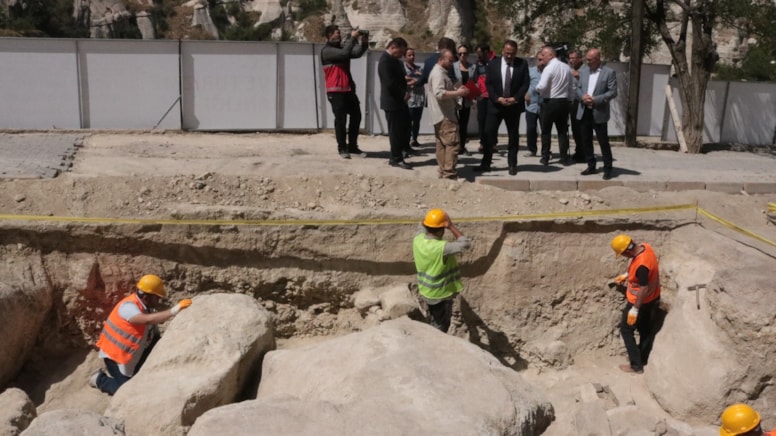
“We know scientifically that the archaeological sites yield larger areas. We will reveal the area of Göreme Open Air Museum in a larger area and present it to visitors as an archaeopark,” İnceciköz said.
The excavation project is a part of the “Heritage for the Future” initiative, which includes the excavation in front of the Göreme Open Air Museum and the ancient city of Sobessos in Ürgüp.
The project plans to open an area in Göreme in 2025 and expand further in 2026. Additionally, Cappadocia authorities are actively combatting illegal construction in the region, having eliminated nearly 500 illegal structures to date.
İnceciköz highlighted the importance of preserving the region’s natural landscape and stated, “This region is very important. We are fighting against the elements that cause irreversible damage. Among our determinations, we identified 600 illegal structures. We have notified all relevant parties and have removed the first stage of these within the last 15 days.”

